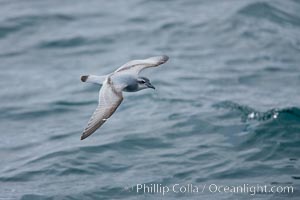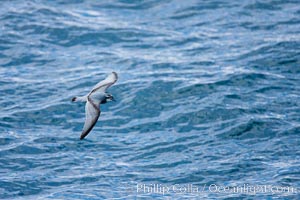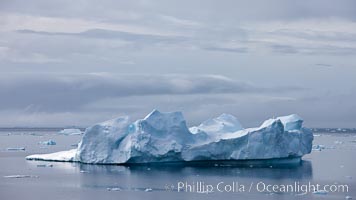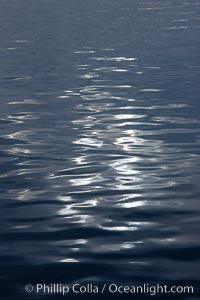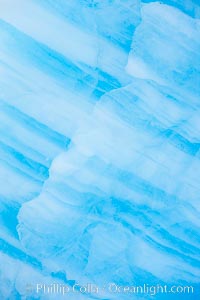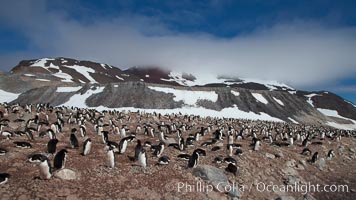
Adelie penguins, nesting, part of the enormous colony on Paulet Island, with the tall ramparts of the island and clouds seen in the background. Adelie penguins nest on open ground and assemble nests made of hundreds of small stones.
Species: Adelie penguin, Pygoscelis adeliae
Location: Paulet Island, Antarctic Peninsula, Antarctica
Image ID: 25024
Species: Adelie penguin, Pygoscelis adeliae
Location: Paulet Island, Antarctic Peninsula, Antarctica
Image ID: 25024
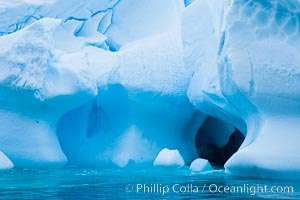
Antarctic icebergs, sculpted by ocean tides into fantastic shapes.
Location: Cierva Cove, Antarctic Peninsula, Antarctica
Image ID: 25502
Location: Cierva Cove, Antarctic Peninsula, Antarctica
Image ID: 25502
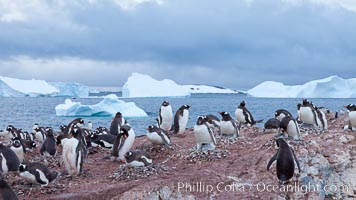
Gentoo penguin colony, Cuverville Island.
Species: Gentoo penguin, Pygoscelis papua
Location: Cuverville Island, Antarctic Peninsula, Antarctica
Image ID: 25533
Species: Gentoo penguin, Pygoscelis papua
Location: Cuverville Island, Antarctic Peninsula, Antarctica
Image ID: 25533
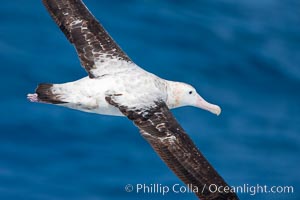
Wandering albatross in flight, over the open sea. The wandering albatross has the largest wingspan of any living bird, with the wingspan between, up to 12' from wingtip to wingtip. It can soar on the open ocean for hours at a time, riding the updrafts from individual swells, with a glide ratio of 22 units of distance for every unit of drop. The wandering albatross can live up to 23 years. They hunt at night on the open ocean for cephalopods, small fish, and crustaceans. The survival of the species is at risk due to mortality from long-line fishing gear.
Species: Wandering albatross, Diomedea exulans
Location: Southern Ocean
Image ID: 24087
Species: Wandering albatross, Diomedea exulans
Location: Southern Ocean
Image ID: 24087
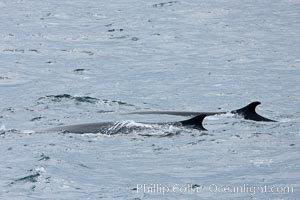
Fin whale.
Species: Fin whale, Balaenoptera physalus
Location: Scotia Sea, Southern Ocean
Image ID: 24706
Species: Fin whale, Balaenoptera physalus
Location: Scotia Sea, Southern Ocean
Image ID: 24706
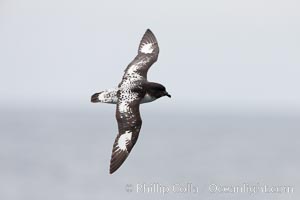
Pintado petrel in flight.
Species: Pintado petrel, Daption capense
Location: Scotia Sea, Southern Ocean
Image ID: 24707
Species: Pintado petrel, Daption capense
Location: Scotia Sea, Southern Ocean
Image ID: 24707
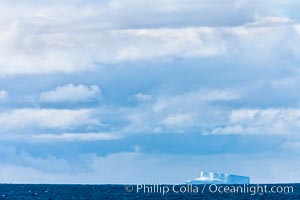
Clouds, weather and light mix in neverending forms over the open ocean of Scotia Sea, in the Southern Ocean.
Location: Scotia Sea, Southern Ocean
Image ID: 24756
Location: Scotia Sea, Southern Ocean
Image ID: 24756
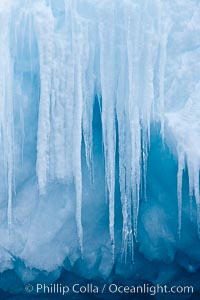
Icicles and melting ice, hanging from the edge of an blue iceberg. Is this the result of climate change and global warming?.
Location: Brown Bluff, Antarctic Peninsula, Antarctica
Image ID: 24799
Location: Brown Bluff, Antarctic Peninsula, Antarctica
Image ID: 24799
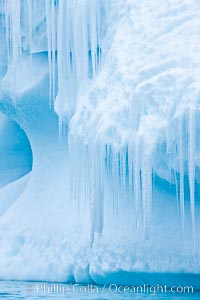
Icicles and melting ice, hanging from the edge of an blue iceberg. Is this the result of climate change and global warming?.
Location: Brown Bluff, Antarctic Peninsula, Antarctica
Image ID: 24800
Location: Brown Bluff, Antarctic Peninsula, Antarctica
Image ID: 24800
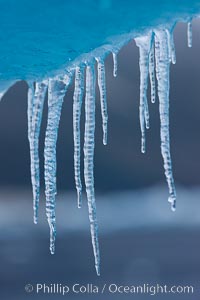
Icicles and melting ice, hanging from the edge of an blue iceberg. Is this the result of climate change and global warming?.
Location: Brown Bluff, Antarctic Peninsula, Antarctica
Image ID: 24803
Location: Brown Bluff, Antarctic Peninsula, Antarctica
Image ID: 24803
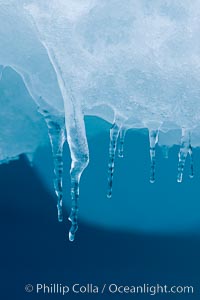
Icicles and melting ice, hanging from the edge of an blue iceberg. Is this the result of climate change and global warming?.
Location: Brown Bluff, Antarctic Peninsula, Antarctica
Image ID: 24804
Location: Brown Bluff, Antarctic Peninsula, Antarctica
Image ID: 24804
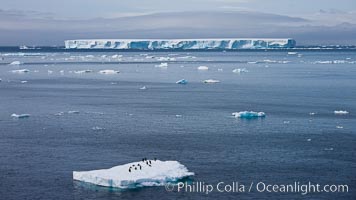
Small ice floe with penguins, with a large tabular iceberg in the distance, Antarctic Sound.
Location: Antarctic Sound, Antarctic Peninsula, Antarctica
Image ID: 24807
Location: Antarctic Sound, Antarctic Peninsula, Antarctica
Image ID: 24807
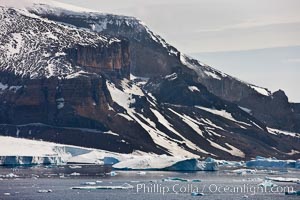
Brown Bluff, the eroded remains of an extinct volcanic structure, below which many penguins and seabirds nest.
Location: Antarctic Sound, Antarctic Peninsula, Antarctica
Image ID: 24809
Location: Antarctic Sound, Antarctic Peninsula, Antarctica
Image ID: 24809
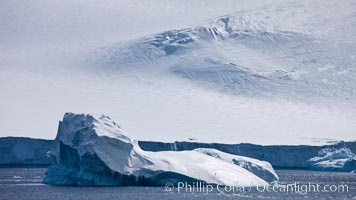
Iceberg and snow-covered coastline, Antarctic Sound.
Location: Antarctic Sound, Antarctic Peninsula, Antarctica
Image ID: 24810
Location: Antarctic Sound, Antarctic Peninsula, Antarctica
Image ID: 24810
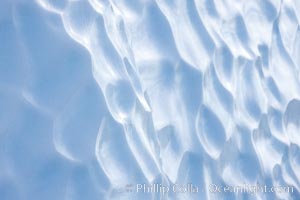
Iceberg with scalloped erosion. The eroded indentations on this iceberg were melted when this portion of the iceberg was underwater. As it melted, the iceberg grew topheavy, eventually flipping and exposing this interesting surface.
Location: Paulet Island, Antarctic Peninsula, Antarctica
Image ID: 24827
Location: Paulet Island, Antarctic Peninsula, Antarctica
Image ID: 24827
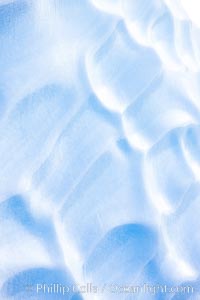
Iceberg with scalloped erosion. The eroded indentations on this iceberg were melted when this portion of the iceberg was underwater. As it melted, the iceberg grew topheavy, eventually flipping and exposing this interesting surface.
Location: Paulet Island, Antarctic Peninsula, Antarctica
Image ID: 24828
Location: Paulet Island, Antarctic Peninsula, Antarctica
Image ID: 24828
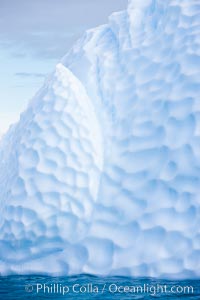
Iceberg with scalloped erosion. The eroded indentations on this iceberg were melted when this portion of the iceberg was underwater. As it melted, the iceberg grew topheavy, eventually flipping and exposing this interesting surface.
Location: Paulet Island, Antarctic Peninsula, Antarctica
Image ID: 24829
Location: Paulet Island, Antarctic Peninsula, Antarctica
Image ID: 24829
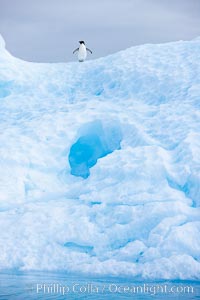
A tiny Adelie penguins stands atop an iceberg.
Species: Adelie penguin, Pygoscelis adeliae
Location: Paulet Island, Antarctic Peninsula, Antarctica
Image ID: 24830
Species: Adelie penguin, Pygoscelis adeliae
Location: Paulet Island, Antarctic Peninsula, Antarctica
Image ID: 24830
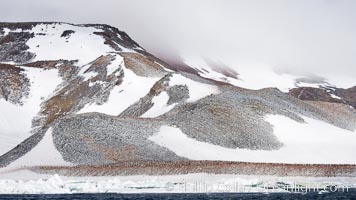
Enormous colony of Adelie penguins covers the hillsides of Paulet Island.
Species: Adelie penguin, Pygoscelis adeliae
Location: Paulet Island, Antarctic Peninsula, Antarctica
Image ID: 24836
Species: Adelie penguin, Pygoscelis adeliae
Location: Paulet Island, Antarctic Peninsula, Antarctica
Image ID: 24836
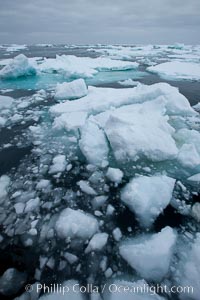
Pack ice and brash ice fills the Weddell Sea, near the Antarctic Peninsula. This pack ice is a combination of broken pieces of icebergs, sea ice that has formed on the ocean.
Location: Weddell Sea, Southern Ocean
Image ID: 24837
Location: Weddell Sea, Southern Ocean
Image ID: 24837
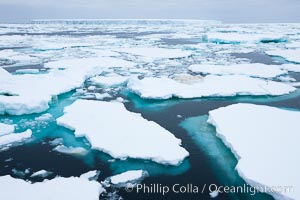
Pack ice and brash ice fills the Weddell Sea, near the Antarctic Peninsula. This pack ice is a combination of broken pieces of icebergs, sea ice that has formed on the ocean.
Location: Weddell Sea, Southern Ocean
Image ID: 24839
Location: Weddell Sea, Southern Ocean
Image ID: 24839
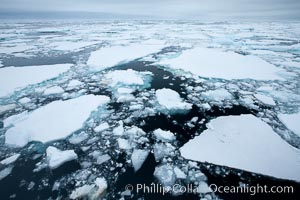
Pack ice and brash ice fills the Weddell Sea, near the Antarctic Peninsula. This pack ice is a combination of broken pieces of icebergs, sea ice that has formed on the ocean.
Location: Weddell Sea, Southern Ocean
Image ID: 24840
Location: Weddell Sea, Southern Ocean
Image ID: 24840
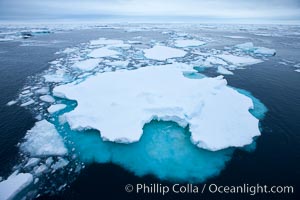
Pack ice and brash ice fills the Weddell Sea, near the Antarctic Peninsula. This pack ice is a combination of broken pieces of icebergs, sea ice that has formed on the ocean.
Location: Weddell Sea, Southern Ocean
Image ID: 24844
Location: Weddell Sea, Southern Ocean
Image ID: 24844
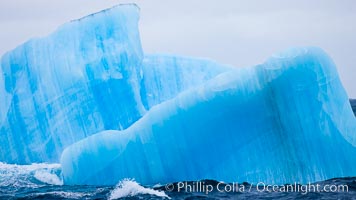
A blue iceberg. Blue icebergs are blue because the ice from which they are formed has been compressed under such enormous pressure that all gas (bubbles) have been squeezed out, leaving only solid water that takes on a deep blue color.
Location: Scotia Sea, Southern Ocean
Image ID: 24845
Location: Scotia Sea, Southern Ocean
Image ID: 24845
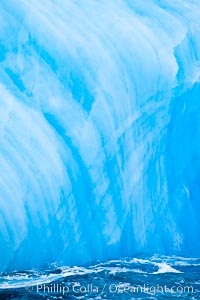
A blue iceberg. Blue icebergs are blue because the ice from which they are formed has been compressed under such enormous pressure that all gas (bubbles) have been squeezed out, leaving only solid water that takes on a deep blue color.
Location: Scotia Sea, Southern Ocean
Image ID: 24846
Location: Scotia Sea, Southern Ocean
Image ID: 24846
